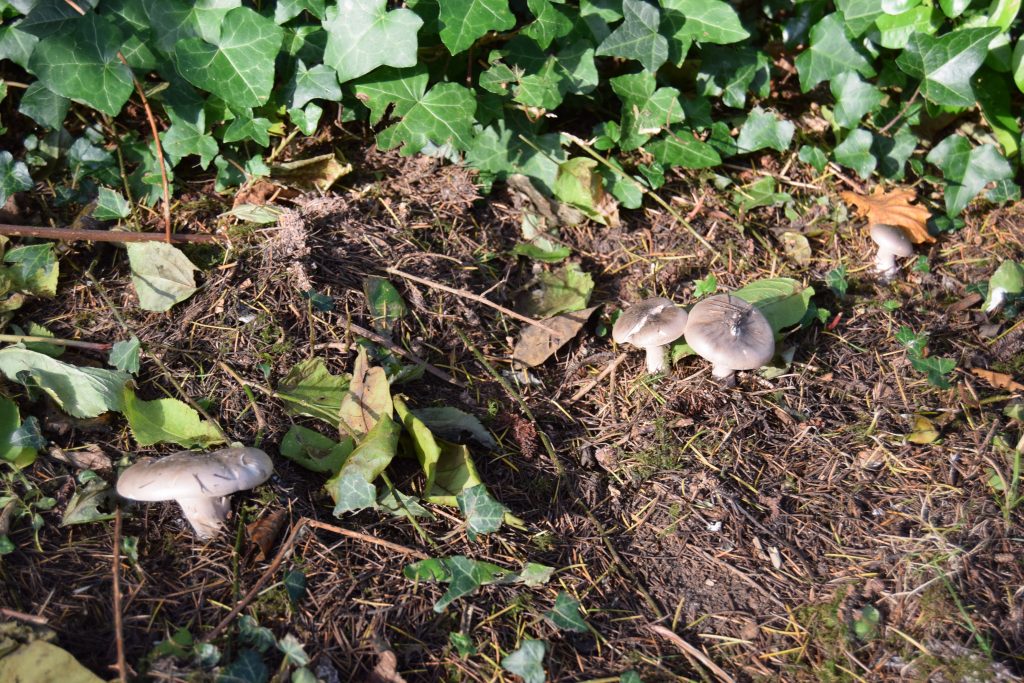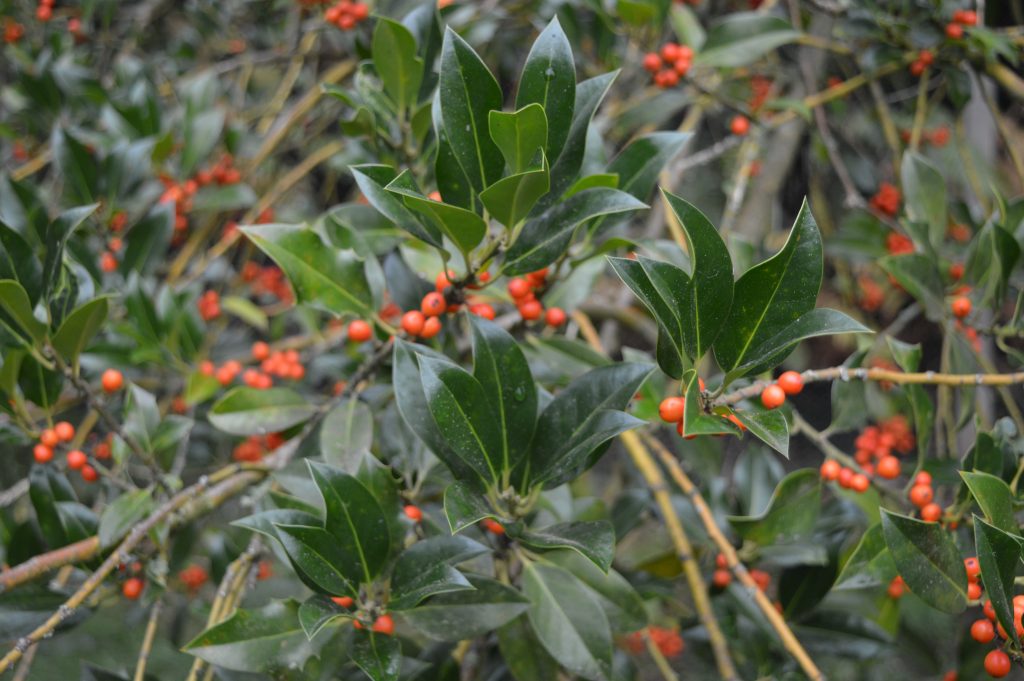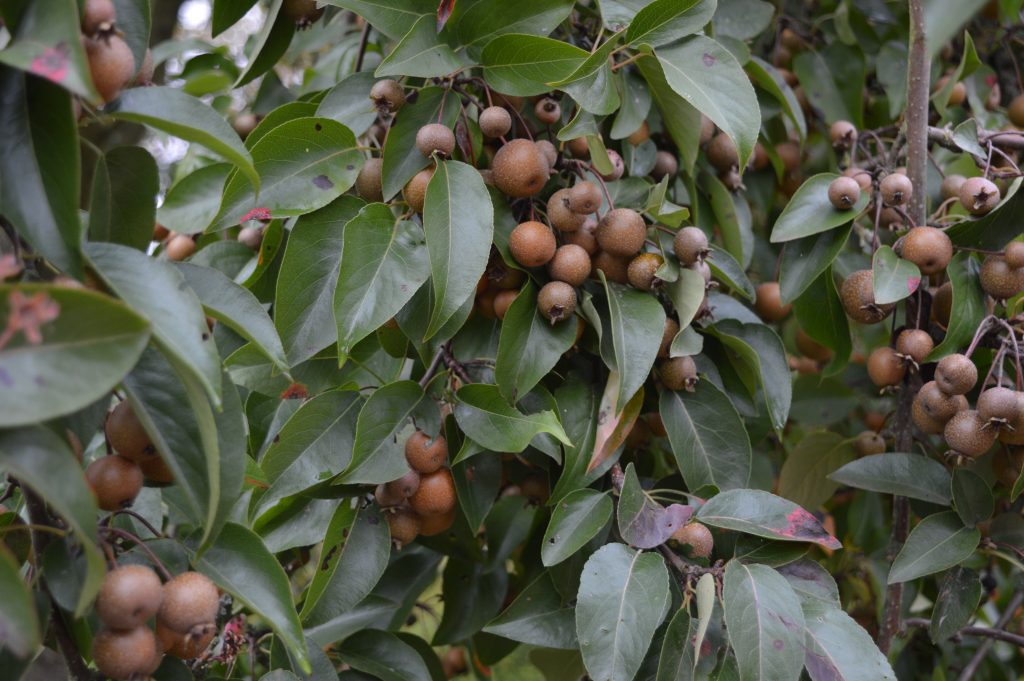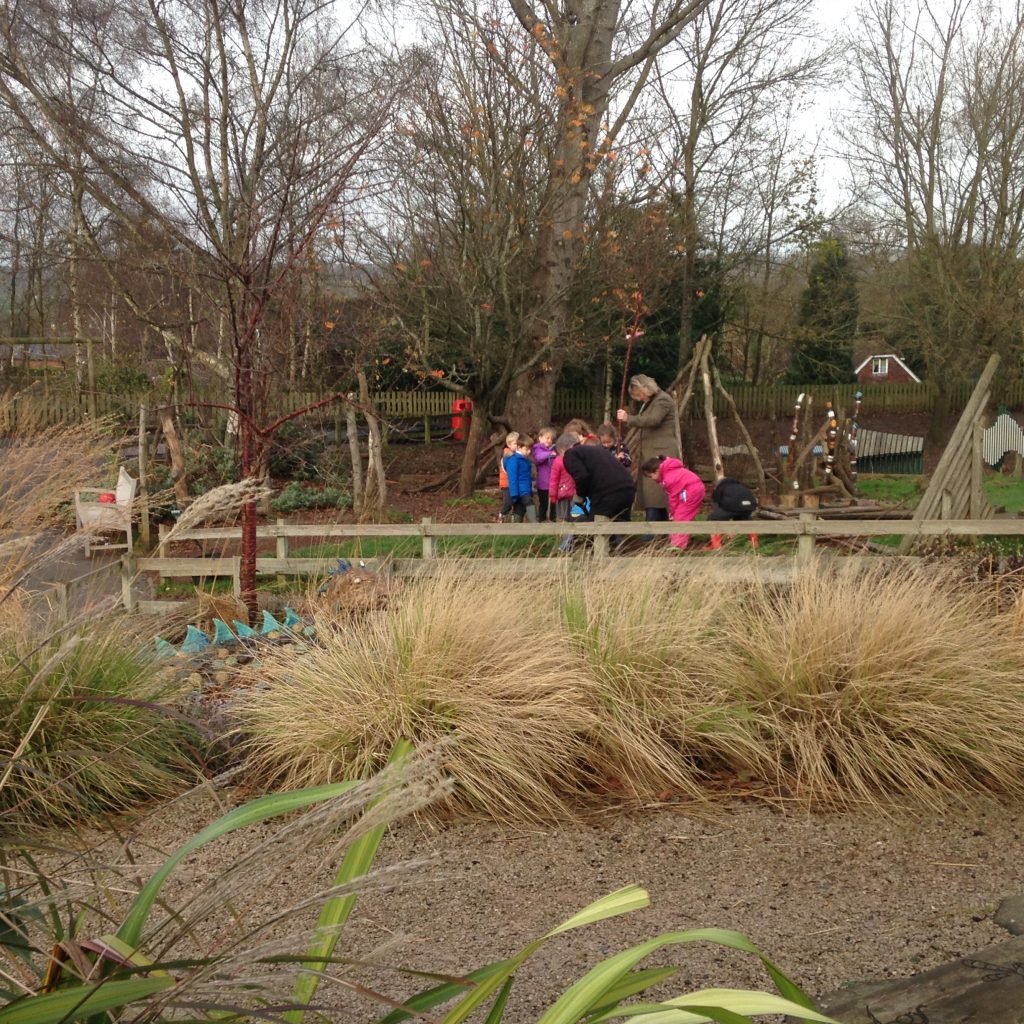Looking through recent advice on plants suitable for schools you would think that children these days were intent on stuffing their faces with any available plant imaginable. Various lists are available offering advice and guidance on plants suitable for schools, including lists of potentially harmful plants running to several pages in length. So what is the risk? Not much when you look into it, the top 5 poisonous plants, the ones that will put you in hospital for a while, are not common garden plants but wild plants found in the countryside. Even then you would have to do some searching to find the really good ones. The most common source of poisoning is from funghi, not your everyday garden plant.

So how many children are poisoned a year? Not many if you do a bit of research. A quick online search throws up a few headlines from local papers after children ate a few Yew berries and that’s about it. As for deaths, none. In fact the there is no real evidence that having dangerous plants in the school environment is harmful in any way , even though about 75% of common plants are toxic to various degrees, that’s most of what you have in the garden or find in any local park. Although the majority of plants can cause harm there are several factors why very few cases of poisoning are recorded. The simple fact is that many plants don’t actually look nice to eat, it’s hard to accidentally eat a leaf and if you do it will generally make you ill before killing you. Most children by the time they go to school have at least some sense of self preservation and common sense, and for those that don’t they are other additional factors that make accidental poisoning unlikely.

If you can get past the first hurdle and make the conscious decision to actually eat the leaf/flower/bulb etc generally a significant amount of plant material needs to be ingested to cause serious problems and as many plants generally taste unpleasant accidental consumption is unlikely. Luckily in addition to be being unpalatable a common side effect of ingesting a toxic plant is vomiting, therefore expelling the toxin before any serious damage can occur.
So what is all the fuss about? Maybe it’s a case of being more risk averse, a lack of understanding or the simple fact that the majority of the population is further out of touch with the outdoors than the previous generation. Apart from blackberrying and occasionally collecting sloes many people don’t have or need the skills to identify a potentially poisonous plants, we are no longer hunter gatherers and so this knowledge is not generally required whilst going about your daily life. This loss of this knowledge and confidence in our surroundings leads to fear, and this when coupled with an ever increasing overzealous risk averse society creates a situation where the perceived threat becomes greater that the actual threat leading to being over cautious.
It is worth noting that the majority of hospital admissions for child poisoning are from the accidental ingestion of medicines by pre-school children with 90% of cases having occurred at home while under supervision.
Hopefully the latest fashion for ‘foraging’ will lead to a re-education of edible plants and more importantly what not to eat and the realisation that there really is nothing out there to fear.

So what is the answer, well really it is very, very simple. Teach young children that there are dangerous plants out there so don’t eat anything that doesn’t come on a dinner plate. With the added advice that it may be preferable to eat everything that is on their plate as well.
It’s a struggle to get any child to eat anything vegetable based at the best of times, let alone something hanging out in a flower bed. The risk of any serious harm from eating plants is extremely limited and therefore as Landscape Architects we should be encouraging the use of plants not demonising something that actually is relatively benign.
So how should we be planting schools? Common sense should prevail, with pre-school children the risk may be higher so more care may be taken with plant placement within a scheme although not necessarily to the detriment of the aesthetics.

Unfortunately the lists and guidelines don’t help and only achieve to highlight a risk that at best is non-existent and at worse minimal. Couple this with a lack of plant knowledge and the initial knee jerk reaction of many to remove the source or risk without a proper assessment of the actual risks involved. Ask yourself this is, is a child really going to walk past the Cherry Laurel hedge surrounding the staff car park on their way to the school entrance and think ‘that looks nice, I think I’ll eat some of it’?